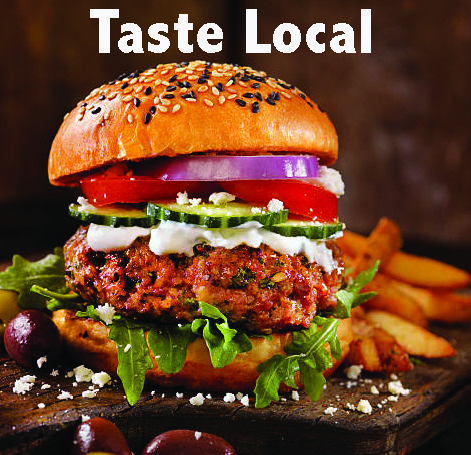The federal and provincial governments, together with First Nations leadership, announced over $1 billion in funding today for Indigenous-led conservation to conserve British Columbia’s species and landscapes through a tripartite nature conservation agreement.
This agreement is the first of its kind for Canada and provides funding at the scale needed to adequately support Indigenous-led conservation as B.C. faces down the triple threats of climate change, unprecedented biodiversity loss and pollution.
“Wildsight celebrates this landmark agreement,” says Robyn Duncan, Wildsight Executive Director. “If implemented effectively, these funds will go a long way to helping Canada and B.C. meet their international commitments to protect at least 30 percent of land and waters by 2030.”
The 30 percent target was announced at COP15 last year under the Kunming-Montreal Biodiversity Framework. It represents the minimum amount of land and waters needed to allow nature to adapt to climate change and to maintain our diverse web of life, according to the Intergovernmental Panel on Climate Change and the International Union for the Conservation of Nature.
In B.C, over 1,950 species are currently at risk of extinction — more than in any other province. The new Nature Conservation Agreement outlines a framework for how Ottawa and Victoria will address this threat through collaborative decision making with Indigenous leadership.
“The agreement is both ambitious and realistic. It signals a strong commitment from all governments to address the crises we face and to come up with made-in B.C. solutions that respect First Nations rights, title and decision making,” Duncan says.
Critically, the framework outlines clear goals against which progress can be tracked and provides mechanisms for conservation financing. The priority objectives it highlights are: habitat and ecosystem conservation and protection; habitat enhancement and restoration; species at-risk protection and recovery; and foundational knowledge and information sharing.
The Columbia Basin boasts incredible biodiversity, from grasslands to the Inland Temperate Rainforest and is globally significant for wildlife. Qat’muk, in the Jumbo Valley, was the region’s first Indigenous Protected and Conserved Area, created in 2019.
“We have a giant opportunity to restore and protect the wildlife, clean water and intact landscapes that make this region such an incredible place, but we are at risk of losing more if we don’t take action right now,” Duncan added.
Globally, wildlife populations have plummeted nearly 70 per cent in the last 50 years. Across Canada, habitat loss and fragmentation, industrial pressure, and climate change are all impacting wildlife populations. The Kootenay region is no different. We are witnessing historic declines in wildlife populations. Seven local mountain caribou herds have gone locally extinct in the last 10 years due to habitat loss. Rocky Mountain Bighorn Sheep and Mountain Goats have experienced significant declines in their numbers and songbird populations are in free fall. This agreement could signal a turning point for our region. With less than 18 percent of our region protected, we are a long way from adequately safeguarding its health for future generations. Scientists estimate that the current rate of extinction is 100 to 1000 times the natural background rate of extinction.
While more detail and much greater action is needed, Wildsight is encouraged by this demonstration of the governments’ commitment to working with First Nations.
“This type of landmark agreement is possible only when we continue to clearly demonstrate support for strong, ambitious action to combat biodiversity loss and climate change,” Duncan says. “We are hopeful that we will see the funding result in a fundamental paradigm shift towards greater Indigenous-led conservation that makes space for nature and supports all living things.”





























